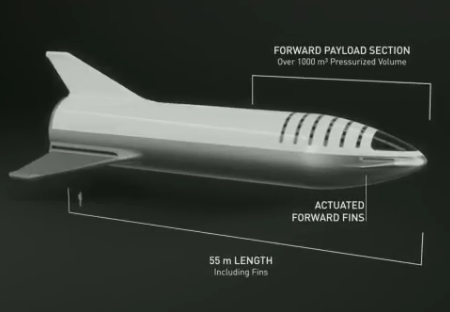Update on SpaceX and Boeing’s private commercial crew capsules
Link here. The key piece of news is that both companies now believe they meet NASA’s safety requirements.
[D]uring a panel discussion at the American Institute of Aeronautics and Astronautics (AIAA) Space Forum here Sept. 18, executives of the two companies said they now believed their vehicles met that and related safety requirements.
John Mulholland, vice president and program manager for the commercial crew program at Boeing, said the company was assessing three separate requirements, including the overall loss of crew as well as ascent and entry risks and loss of mission. “Our teams have been working that for a number of years,” he said, noting those analyses have driven changes to the vehicle design, such as increased micrometeoroid and orbital debris protection. “Where we are now is that our analysis shows we can exceed the NASA requirements for all three of those criteria,” he said.
Benjamin Reed, director of commercial crew mission management at SpaceX, said his company was in a similar situation. “We’re looking right now to be meeting the requirements,” he said.
Kathy Lueders, NASA’s commercial crew program manager, didn’t confirm that the companies have, in fact, met those safety requirements. “We’re learning from a NASA perspective about how to understand the assessments that we’re getting from each of the contractors and how to apply it,” she said. “We at the NASA team are assessing the modeling that each of the providers has done.”
It should be understood that the requirements being discussed here really have nothing to do with actual engineering, but are based on a statistical analysis that estimates the risk to any passenger. In other words, it is a pure guess, and can be manipulated any way anyone wants. This is why NASA’s manager above is so vague. What she is really saying is that NASA is slowly being forced to accept the analysis of the contractors.
The article at the link also details the present schedule, which appears mostly unchanged (though Musk indicated there might be a slight delay in Dragon during his BFR presentation earlier this week), and the efforts by both companies to make their capsules reusable.
Link here. The key piece of news is that both companies now believe they meet NASA’s safety requirements.
[D]uring a panel discussion at the American Institute of Aeronautics and Astronautics (AIAA) Space Forum here Sept. 18, executives of the two companies said they now believed their vehicles met that and related safety requirements.
John Mulholland, vice president and program manager for the commercial crew program at Boeing, said the company was assessing three separate requirements, including the overall loss of crew as well as ascent and entry risks and loss of mission. “Our teams have been working that for a number of years,” he said, noting those analyses have driven changes to the vehicle design, such as increased micrometeoroid and orbital debris protection. “Where we are now is that our analysis shows we can exceed the NASA requirements for all three of those criteria,” he said.
Benjamin Reed, director of commercial crew mission management at SpaceX, said his company was in a similar situation. “We’re looking right now to be meeting the requirements,” he said.
Kathy Lueders, NASA’s commercial crew program manager, didn’t confirm that the companies have, in fact, met those safety requirements. “We’re learning from a NASA perspective about how to understand the assessments that we’re getting from each of the contractors and how to apply it,” she said. “We at the NASA team are assessing the modeling that each of the providers has done.”
It should be understood that the requirements being discussed here really have nothing to do with actual engineering, but are based on a statistical analysis that estimates the risk to any passenger. In other words, it is a pure guess, and can be manipulated any way anyone wants. This is why NASA’s manager above is so vague. What she is really saying is that NASA is slowly being forced to accept the analysis of the contractors.
The article at the link also details the present schedule, which appears mostly unchanged (though Musk indicated there might be a slight delay in Dragon during his BFR presentation earlier this week), and the efforts by both companies to make their capsules reusable.



